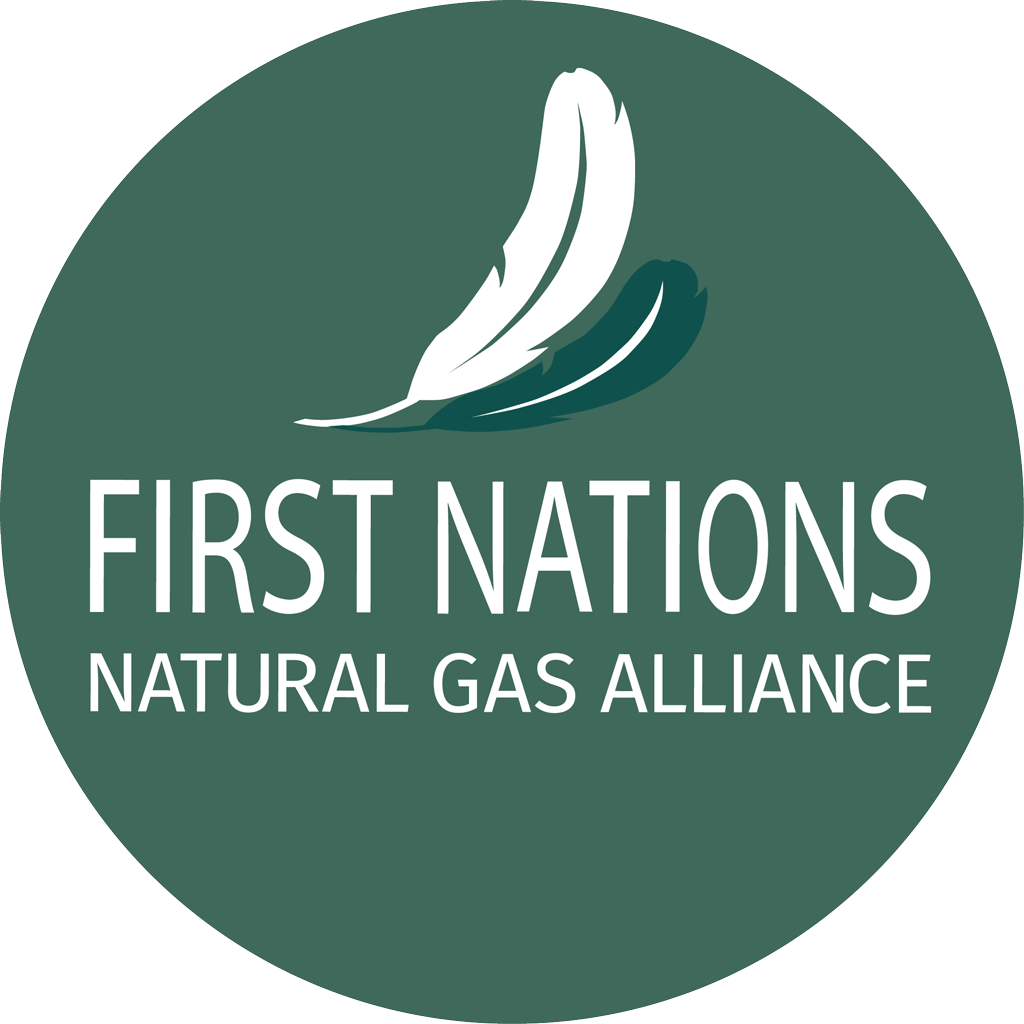
Donald Trump’s dictatorial tariffs, and his chaotic off-again-on-again-up-again-down-again execution of them, is naturally causing economic and political woes for Canadian people, markets, and governments.
But nowhere are the threats greater than for Indigenous Peoples and their communities, as so many Indigenous people are hit far more strongly than other Canadians by rising prices and economic downturns.
The standard of living for many Indigenous people is low to begin with (compared to that of non-Indigenous Canadians) and the cost of living in remote areas is often wildly more expensive than in the cities where many Canadians live.
For example, a couple in the BC Lower Mainland tell us that, during the winter, they averaged $54 a month in BC Hydro bills for heating, lighting, and cooking, in a two-bedroom apartment. On a reserve in northern BC, $1,500 a month is not unheard of.
The same couple averages $882 a month in spending on groceries and medications. You can double or triple that for a northern reserve family, which may also have to drive for an hour or more to get to a store or pharmacy, and then drive for another hour or more to get home.
And now those Indigenous communities and homes face the fallout from Trump’s tariff warfare.
So do Indigenous businesses. As the Indigenous Resource Network says: “We are concerned Indigenous resource workers and businesses that are already vulnerable will face reduced economic activity and layoffs.
“Any decline in Indigenous economic activity will negatively impact Indigenous partnerships in the mining, forestry, and energy sectors, reduce royalties for First Nations and Métis communities under resource revenue-sharing agreements, and affect Indigenous resource employment across Canada.”
In 2021 (the latest analysis available), Canada and its standard of living ranked sixth in the world according to the UN Human Development Index. But apply that index and its measurements to Canada’s Indigenous people, and they ranked not sixth but 63rd.
One prime way to help them is for Canada to step up its exports of natural resources such as liquefied natural gas.
Our resource exports mean jobs and benefits and income for Indigenous communities, and also revenues for all levels of government to sustain our critical public services.
First Nations communities are already sharing in the benefits from Phase 1 of LNG Canada, and will be poised to benefit further with a positive final investment decision for Phase 2.
And, it’s not just Canadian LNG we are exporting, it’s Indigenous LNG. Our LNG industry in BC has been developed in partnership with First Nations.
With Trump’s tariffs and his Godfather plan to make Canada his 51st state (“I’m gonna make them an offer they can’t refuse”) we need to look now, and hard, for export customers other than the US, and at more ways to get our resources to them.
Many of those potential customers would be happier dealing with Canada than with The Man Who Would Be King in the White House.
We’re beginning to hear growing support for more pipelines across Canada and LNG exports to Europe, even (at last) from some federal cabinet ministers who until now have cold-shouldered such ideas.
For example, Jonathan Wilkinson, federal minister of energy and natural resources, now says that Canada should discuss a new west-to-east oil pipeline now that Trump has changed our American relationship. (Although incoming prime minister Mark Carney says there will be no pipelines without Quebec’s consent.)
With a federal election coming up, cabinet ministers are seeing the polls: A new Nanos poll shows three out of four Canadians would support a national energy corridor and pipeline from Alberta to Eastern Canada. An Angus Reid survey finds support for reviving the Energy East oil pipeline has risen to 65% from 58%, and even in Quebec it has risen to 47% from 33%.
Even if some of the calls are less than enthusiastic, they are a welcome change from being told for the past nine years that the country’s priority is to impose unrealistic emission-and-climate goals, to red-tape resource projects to death, and to phase out fossil fuels.
And maybe we can finally agree that there is a business case for LNG exports to Europe.
We can compete with the fast-growing US LNG sector. And it makes no sense to export our natural gas to the US at a discount so that they can liquefy it on the Gulf Coast, and profit from it, while we can and should do it in Canada, with higher environmental standards, with lower emissions, and in partnership with First Nations.
So let’s look at how to trump Trump by reducing our historical reliance on exports to the US and finding new and reliable buyers in Asia, Europe, and elsewhere.
(Posted here 11 March 2025)
